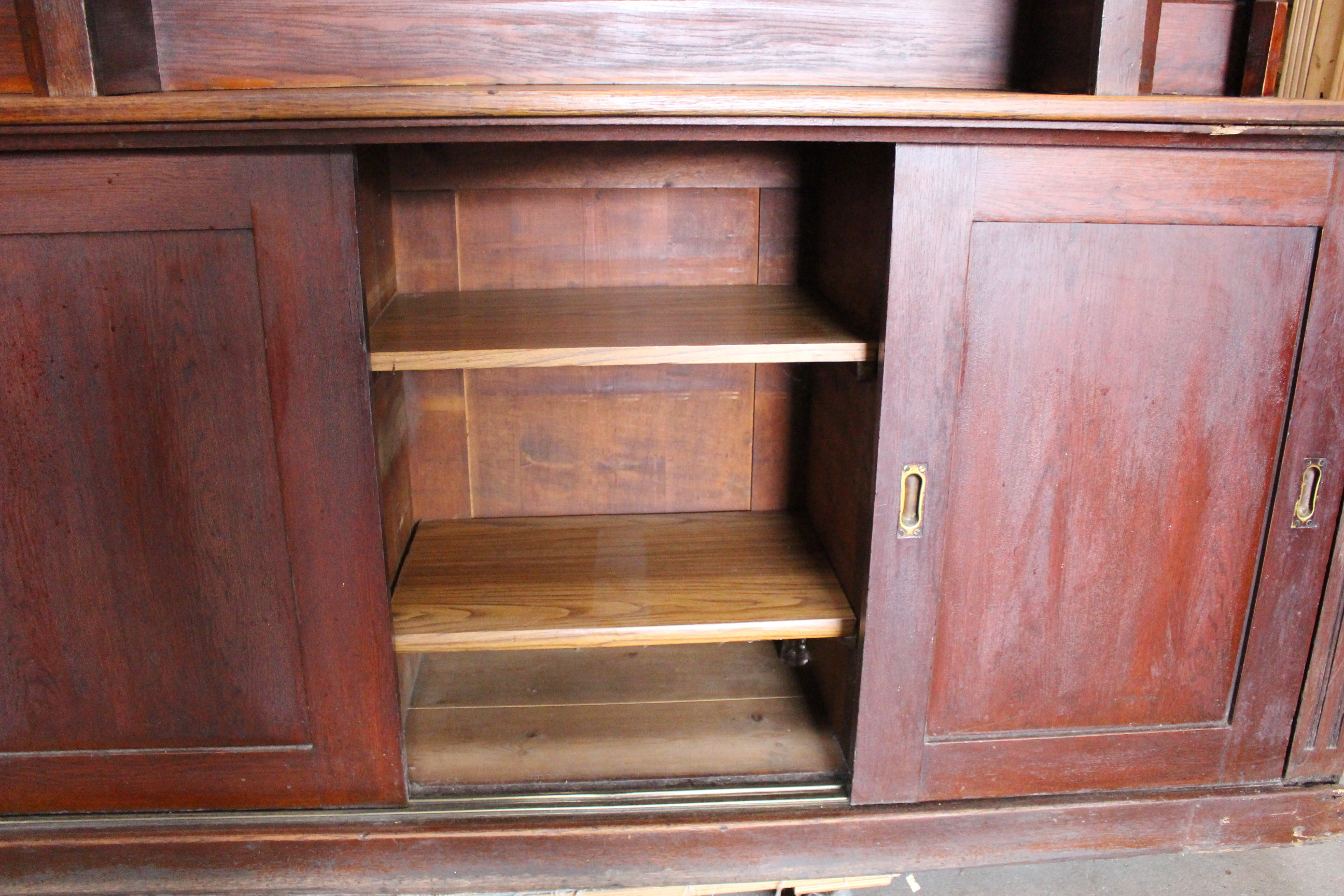
Johann Gleim (April 2, 1719 — February 18, 1803), German writer, poet | World Biographical Encyclopedia
Briefmarkensammlung,DDR/weltweit,gut gefüllt,gesammelt 60/70iger, in Sachsen-Anhalt - Quedlinburg | eBay Kleinanzeigen

PDF) Charisma, Fakes and the Material Culture Record of the Afrikakorps. Artefact Services Research Papers 7

PDF) Charisma, Fakes and the Material Culture Record of the Afrikakorps. Artefact Services Research Papers 7

Gero, Bischof von Halberstadt (German Edition): Bülow, Gottfried von Bülow: 9783743336193: Amazon.com: Books

Gero, Bischof von Halberstadt (German Edition): Bülow, Gottfried von Bülow: 9783743336193: Amazon.com: Books

Johann Gleim (April 2, 1719 — February 18, 1803), German writer, poet | World Biographical Encyclopedia
HoMedics Reisekissen, vibrierendes Nackenmassagekissen in Sachsen-Anhalt - Quedlinburg | eBay Kleinanzeigen

PDF) Bibliographie zum Nachleben des Antiken Mythos_Version 2019 | Petra Aigner, Christine Harrauer, and Bernhard Kreuz - Academia.edu










